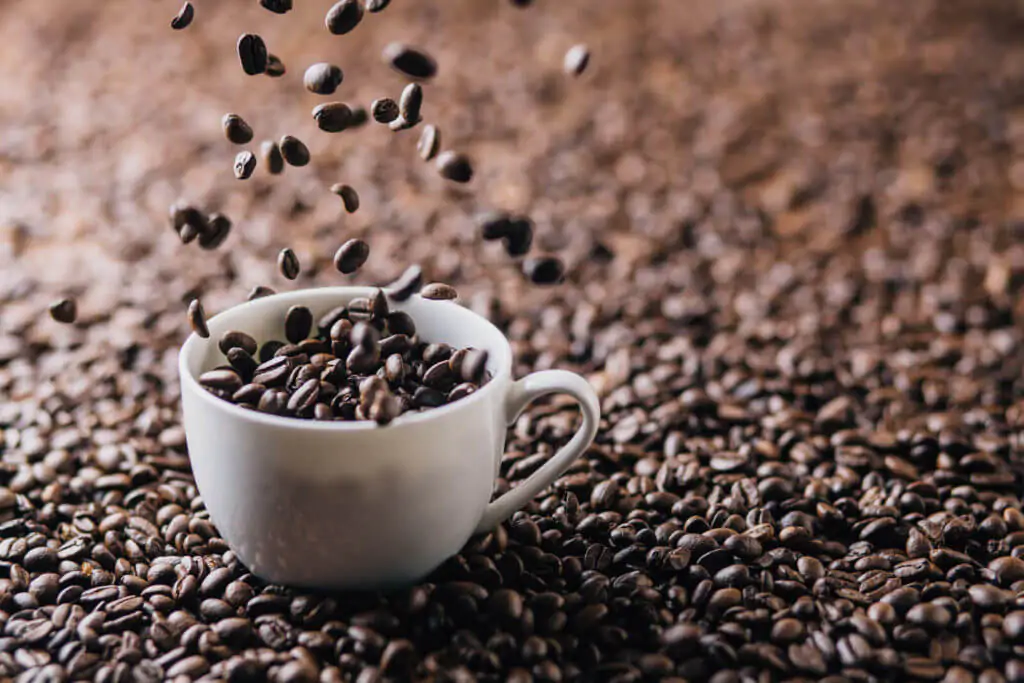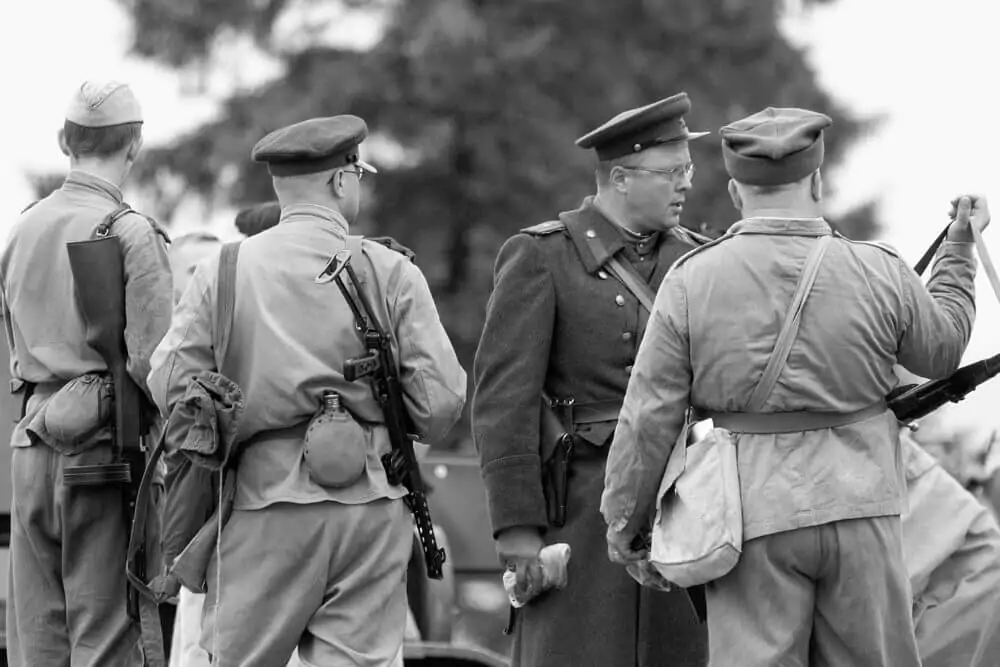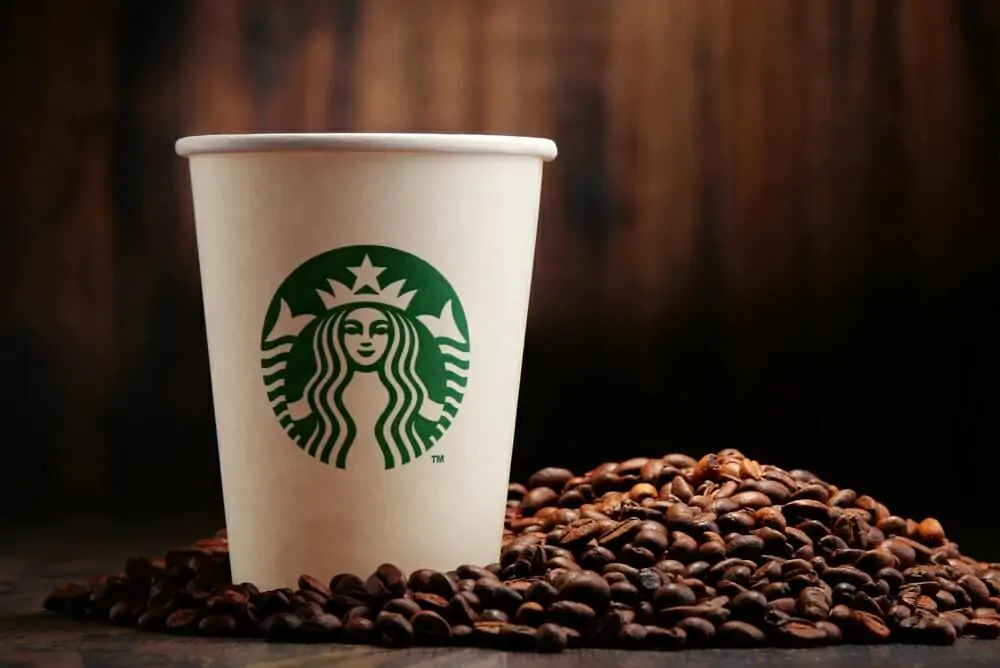Let’s hop into the Wayback machine and see when was coffee introduced to America.

With a coffee shop practically on every corner, it’s safe to say that Americans love coffee. However, was it always this way? (Spoiler alert: pretty much, yeah). Since this brown beverage is so popular, we thought we’d take a look at the origins of coffee in America.
Coffee in Pre-Revolution America
Since America was an assortment of English colonies, it only makes sense that early settlers preferred tea to coffee. Even when Captain John Smith brought some coffee over from Turkey in 1607, the beverage didn’t really catch on. Beyond tea, American colonists preferred hard cider and ale.
Over the decades, coffee slowly started making its way across the colonial territories. Boston and New York were two of the first cities to embrace the brew, even though most civilians still resisted it. At the time, coffee was seen a bit too hoity-toity for the rough-and-tumble crowd.
Another innovation happened in the 1600s – the Dutch secured coffee beans and started cultivating them in other parts of the world. Previously, coffee was only grown and processed in Arabia. This isolation made it difficult for non-Arabic countries to test the beverage.
By the time the 18th century rolled around, and talk of revolution started percolating, Americans were beginning to shift their tastes. Once the Boston Tea Party happened in 1773, drinking tea was seen as a sign of loyalty to the Crown. So, many Americans switched from tea to coffee, and the drink took off.
Coffee in Post-Revolution America

Before and during the war, coffee houses served as meeting places for patriots to share ideas and strategies on how to overthrow the oppressive British government. Coffee culture had taken root.
By the time the war ended, coffee had claimed a firm grip on the newly formed, independent country. Throughout the 1800s, more and more Americans reached for a cup of coffee instead of other drinks like ale or tea.
Some notable historical coffee drinkers include Teddy Roosevelt, who allegedly drank a gallon of coffee every day. He’s also credited with developing Maxwell House’s slogan, “Good to the last drop.”
Coffee brands also started to spring up in the 1800s, like Folger’s and Hills Brothers. These entrepreneurs sold their ground coffee beans to the cowboys and ranch hands of the West. James Folger got his start by selling coffee to miners during the California gold rush.
You might also be interested in our vintage tea party guide.
How World Wars Affected American Coffee Consumption
Although America wasn’t in World War 1 for very long, the conflict affected the country in many ways. One shift was that America became the leading purchaser and importer of coffee in the world. This change was mainly because European countries were struggling financially, so entire markets evaporated overnight.
By 1922, the United States consumed half of all the world’s coffee production. That trend continued until World War 2 when the average American drank up to 20 pounds of coffee beans per year.
During World War 2, the government rationed coffee, making sure that soldiers got access before civilians. However, despite this setback, the drink came roaring back once the war ended.
It was also around this time that instant coffee became mainstream. Since soldiers couldn’t access grinders and other coffee equipment on the front lines, they had to make do with instant coffee grounds. After the war, suppliers found a new market, particularly as the post-war economy boomed.
Fair-Trade Coffee In the 80s
During the late 60s and early 70s, coffee consumers started preferring specialty roasts. It was during this period when the first Starbucks opened in Seattle (1971). But, while coffee was as popular as ever, there was trouble brewing between coffee-consuming and coffee-producing nations.
The source of contention was the International Coffee Agreement (ICA), which was signed in 1962. This agreement forced countries to meet specific quotas and helped regulate the coffee market. Unfortunately, Brazil, one of the leading coffee exporters, didn’t want to abide by the ICA, leading to a market crash in the late 1980s.
Because of the crash, the ICA was amended in 1990 to allow for fair-trade coffee distribution. Rather than an organization regulating the market, supply, and demand would dictate how much coffee gets grown and sold each year. This practice is still in force.
Modern Coffee Consumption in America

These days, coffee houses and shops sell a wide array of specialty coffee blends from around the world. Fairtrade coffee has become the norm, meaning that farmers and coffee-producing countries can earn more money from their exports.
In 2015, there were over 31,000 coffee shops in the U.S., and over a third of them (12,000+) were Starbucks. Today, most Americans (64 percent) say that they drink coffee at least once a day. On average, Americans drink 280.5 million cups per day.
The Final Word on When Was Coffee Introduced to America
Since its humble beginnings, coffee drinking has grown from a novelty to an integral part of modern life. With so many Americans drinking coffee in so many forms (iced, cold brew, hot, etc.), its popularity will likely never disappear.
FAQs About When Was Coffee Introduced To America
Is America the top coffee consumer?
No, actually, Finland takes the top spot with 26.45 pounds of coffee beans per capita every year. By comparison, America is number 25 with just under 10 pounds per capita.
Can coffee be grown in the U.S.?
The only place where coffee cultivation can happen in the United States is Hawaii. The volcanic soil makes it easy for the coffee plant to thrive.
